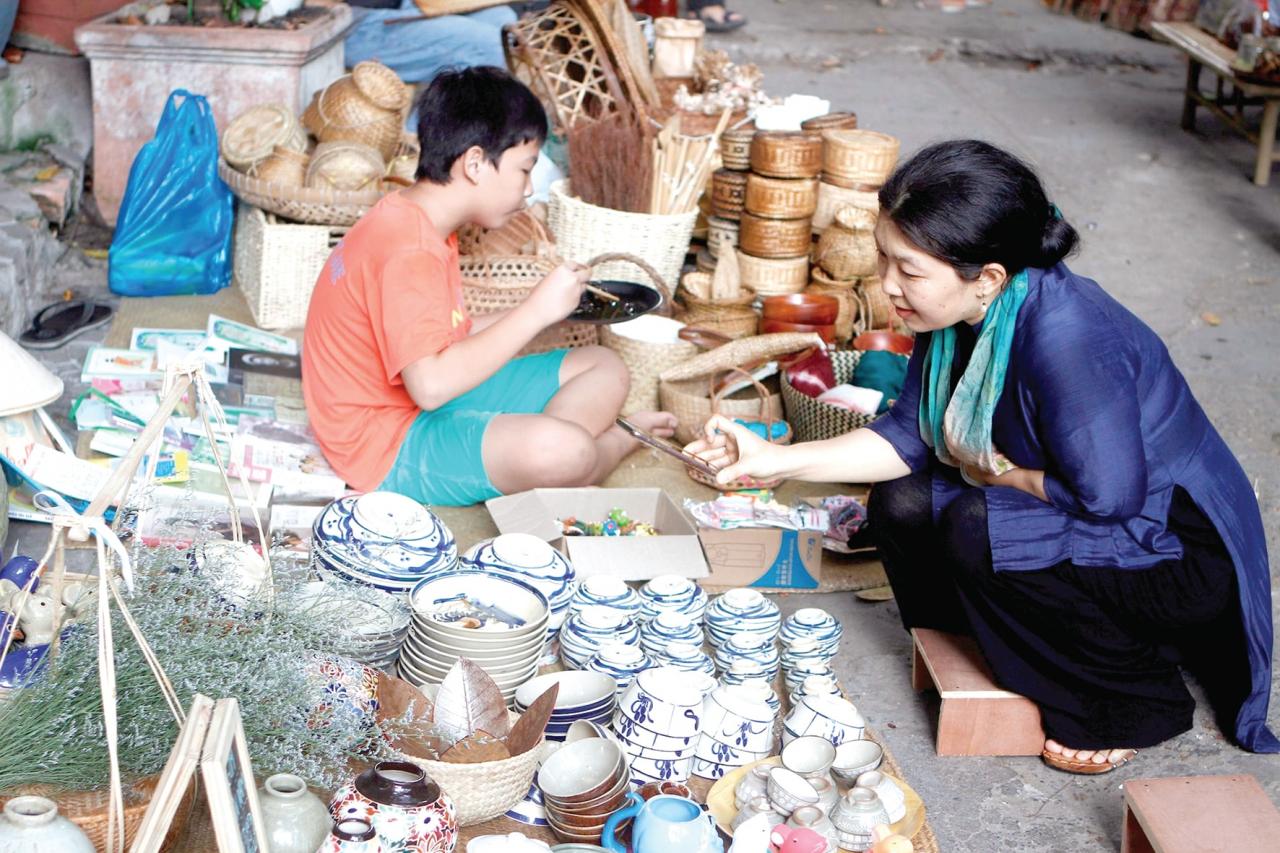
Ao Dai at Cho Que
Saigon has a market called Cho Que, which only meets every Sunday morning at 7 Nguyen Thi Minh Khai, District 1. The "small traders" here all wear ao dai, and customers who go to the market also often wear ao dai.
The initiator of the rural market in ao dai is Ms. Nguyen Thi Thanh Thuy - President of the Mothers' Association. Thuy is probably one of the people who wear ao dai most often in Saigon. The Mothers' Association has been around for a long time in Saigon, persistently encouraging women, not only in the association, to wear ao dai as a daily habit.
Ms. Thanh Thuy is also the initiator of the Ao Dai Passing Hand program - a project to receive and give Ao Dai sets, helping the life cycle of Ao Dai "live" longer. The project has been running for more than 10 years.
At first, the Ao Dai was passed around by asking for or receiving Ao Dai from retired teachers, then giving them to poor teachers or new graduates who could not afford to buy their own. Over time, the Ao Dai recipients expanded to include many aunts who were in-laws, attending weddings...
Ms. Thuy believes that wearing ao dai also contributes to promoting social security. The Mothers’ Club is also a place to receive and market products from many silk and brocade villages; many tailors who cut and embroider ao dai are disabled people and hand embroiderers are increasingly rare in urban areas.
The love for ao dai was passed down to her from her mother, a weaver in the Bay Hien area in the past. And now, her growing daughter Thuy has also naturally “infected” that love. For Thuy and her daughter, the ao dai has become everyday clothing.
The story of a teacher wearing ao dai for 27 years
Teacher Nguyen Thi Hong Duyen, English teacher at Nguyen Hien High School (Duy Xuyen district) recently organized a pocket survey with her students.
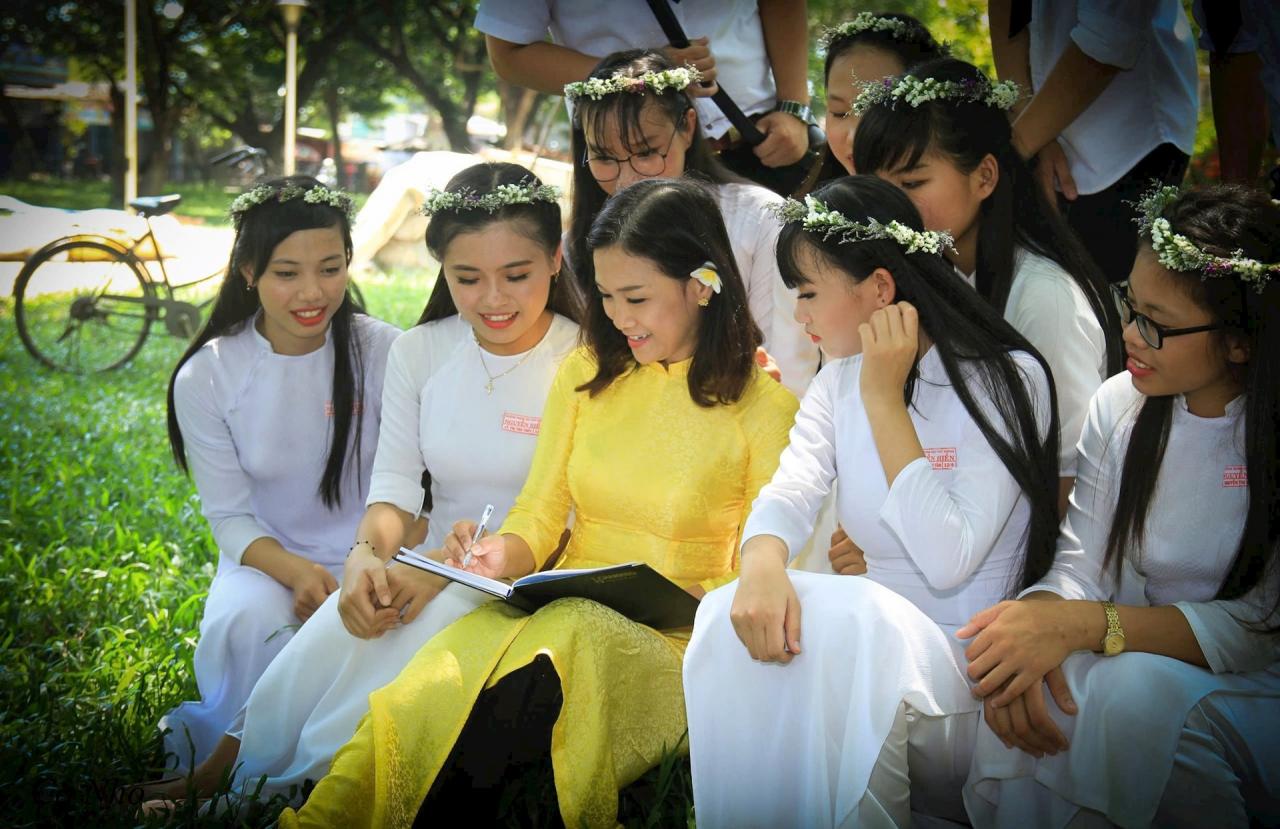
“When asked about the traditional ao dai, all the students in my 11/8 class agreed that the ao dai is the most beautiful outfit for women. They like to see their teachers wearing ao dai more than wearing suits.
More than 50% of female students said they like to wear ao dai on holidays and spring outings; but surprisingly, 95% of female students in grade 11/8 said they do not like to wear ao dai to school. They gave reasons such as: not being able to run or jump, not being comfortable when moving, difficulty in moving, and the ao dai gets dirty easily" - Ms. Duyen said.
When teacher Duyen asked these questions to the students of class 10/1, she received similar answers. Besides, there were also opinions that they were very happy to wear the ao dai for the first time, but when wearing the ao dai the next times, they really felt inconvenient and cumbersome while moving. That student also said that although the ao dai helps to show off the body, at the same time the ao dai also reveals the body defects of some female students.
“About two-thirds of the teachers at my school are also reluctant to wear ao dai to class every day, even though they agree that they look more beautiful in ao dai. I am one of the few who prioritize beauty, as long as I am beautiful, I am willing to work hard. For 27 years of teaching, I still wear ao dai during class. Ao dai is the outfit that makes me most confident when appearing in front of everyone,” Ms. Duyen shared.
And this teacher stated that everyone wearing Ao Dai becomes more beautiful, from the elderly to children. However, many teachers and women find it inconvenient to wear Ao Dai. People wearing Ao Dai must walk slowly and leisurely, if they walk quickly, they are likely to trip and fall because the Ao Dai and wide pants get in the way.
“To fix this, I often choose a modernized ao dai, with a shorter hem, smaller and shorter pants, more loosely sewn, and a slightly stretchy material for ease of movement and to suit my daily commute.
“Currently, there is a trend of hand-embroidered linen ao dai, the dress is not too tight, not tight at the waist, comfortable to wear and has a rustic, cute beauty. Aren’t the flight attendants of Vietnam Airlines still very dynamic and beautiful in that ao dai?” - Ms. Duyen shared more.
Story of a fashion store for Japanese tourists
Mangrove fashion store on Mac Thi Buoi street, Ho Chi Minh City has been a destination for Japanese tourists to choose to have their ao dai tailored for nearly 30 years.
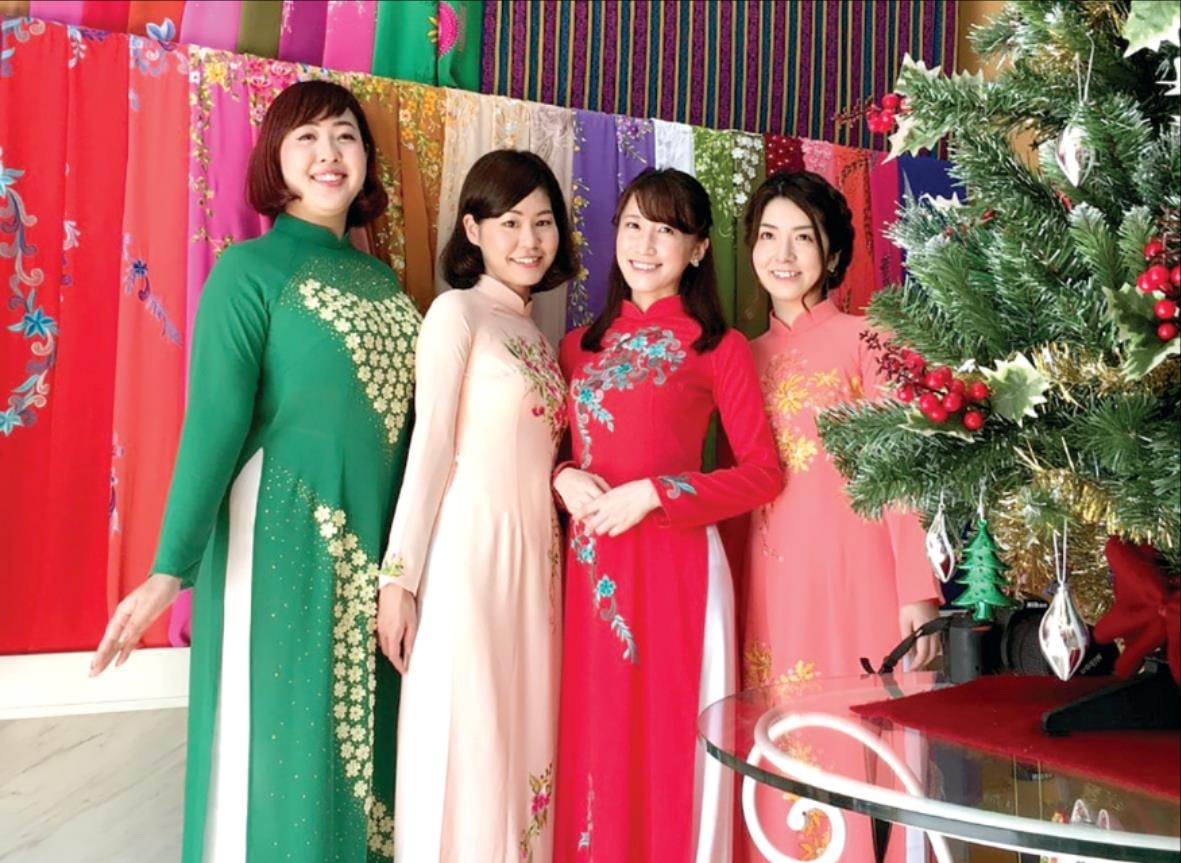
Mr. Van Nhat Biu, the shop owner, tells a common story: if a Japanese tourist comes to the shop with a Vietnamese friend, the Vietnamese friend will definitely advise the Japanese friend, asking the shop to cut and tailor the dress according to the traditional style, meaning a tight waist, hugging the figure, long skirt... Then, when receiving the dress, the Japanese customer will wear it to please the friend and then return to the shop alone one more time to ask for it to be made wider.
Japanese tourists love to wear Ao Dai but they want to be comfortable in their daily activities. They often choose to have Ao Dai tailored, or longer than the knee but do not like the skirt reaching the heel, prefer collars but do not like boat necks, and do not like the waist.
The way they test whether they like the new dress is by... stretching their arms, stretching back and forth, and putting their arms around it to see if it gets in the way under their armpits. As long as it feels comfortable, it's fine. Mr. Biu said he was quite shocked when he saw Japanese women wearing his shop's ao dai with sneakers, but he got used to it and found it pretty.
The shop owner smiled, sewing for Japanese customers so much that the shop's workers could not go back to sewing the usual ao dai style. He said that Japanese customers really liked hand-embroidered ao dai, and he was glad because it helped stabilize the livelihood of the workers he had known for decades. A job that is fading away as Saigon increasingly has a shortage of skilled hand embroiderers.
“Seeing Japanese people wearing traditional Vietnamese clothes walking around makes me happy. Just think, their traditional kimono clothes, even if they wanted to, can’t be worn comfortably in daily life like the ao dai. I like innovation. When people look at the ao dai and ask what it is, then we should be worried,” said Mr. Biu.
Source: https://baoquangnam.vn/ao-dai-muon-neo-3143727.html




![[Photo] Hanoi morning of October 1: Prolonged flooding, people wade to work](https://vphoto.vietnam.vn/thumb/1200x675/vietnam/resource/IMAGE/2025/10/1/189be28938e3493fa26b2938efa2059e)



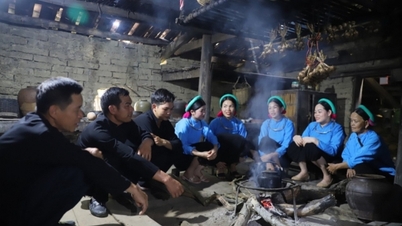







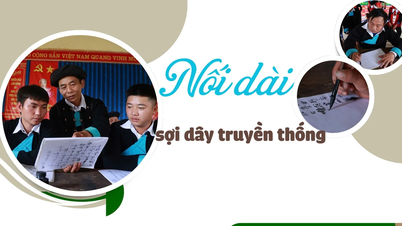
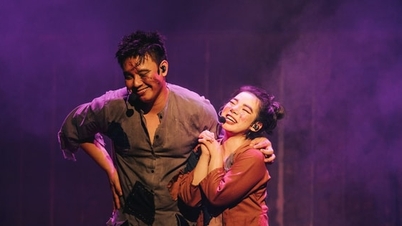
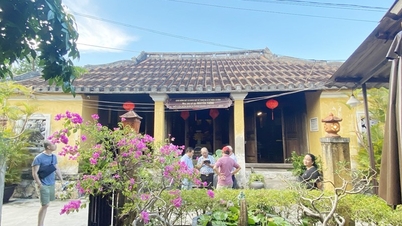




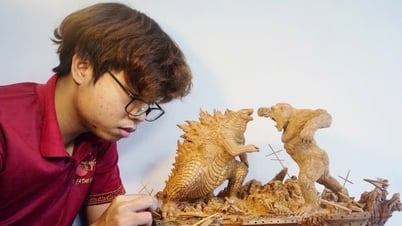





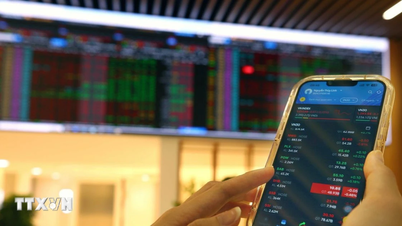
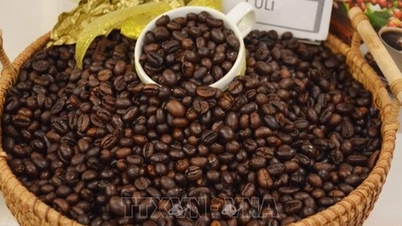



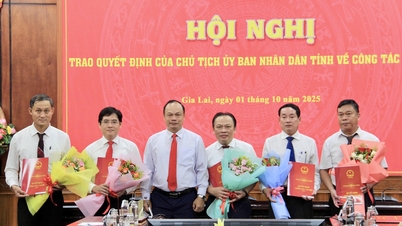
![[Photo] President Luong Cuong receives President of the Cuban National Assembly Esteban Lazo Hernandez](https://vphoto.vietnam.vn/thumb/1200x675/vietnam/resource/IMAGE/2025/9/30/4d38932911c24f6ea1936252bd5427fa)
![[Photo] Panorama of the cable-stayed bridge, the final bottleneck of the Ben Luc-Long Thanh expressway](https://vphoto.vietnam.vn/thumb/1200x675/vietnam/resource/IMAGE/2025/9/30/391fdf21025541d6b2f092e49a17243f)

























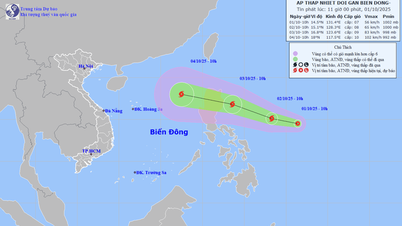
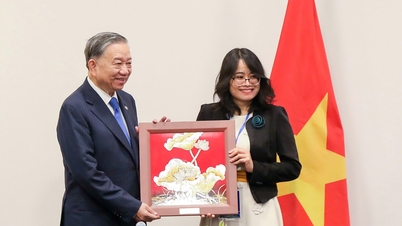


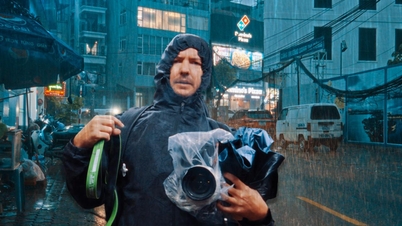




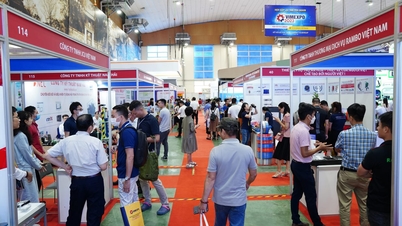






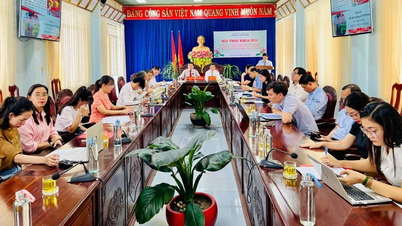



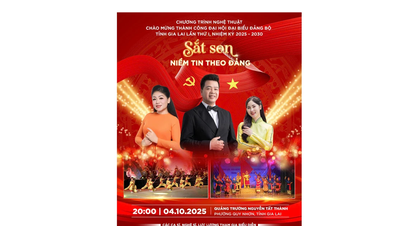














Comment (0)